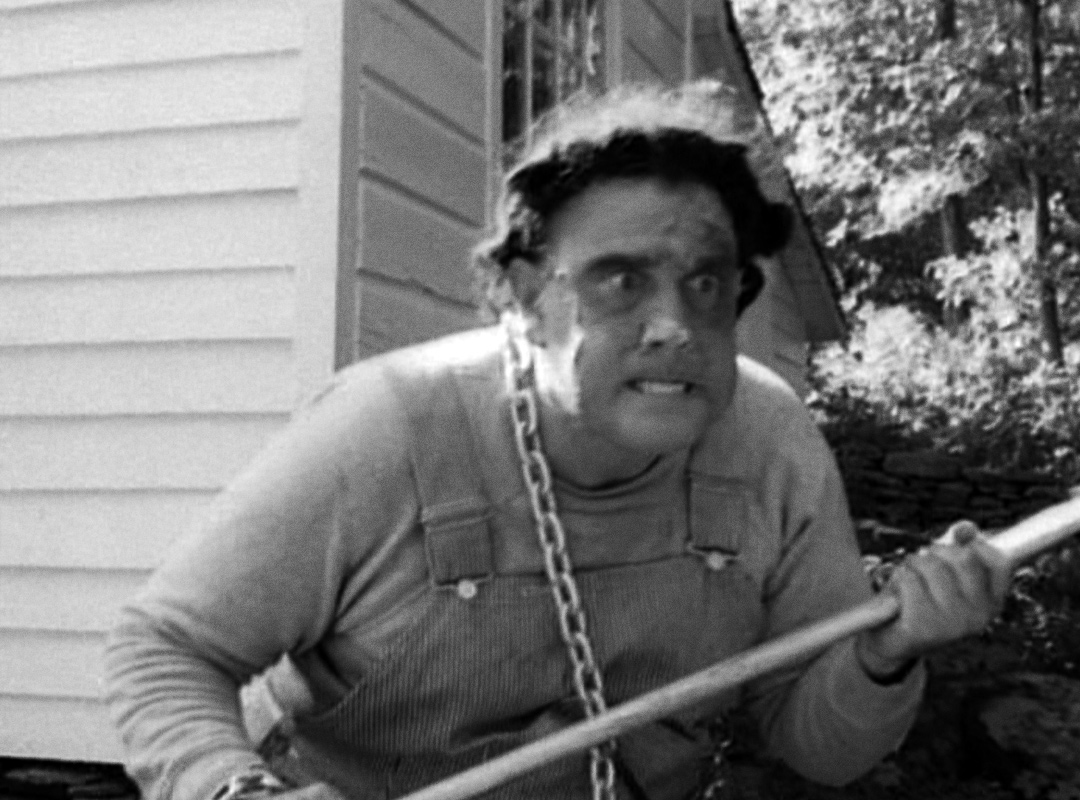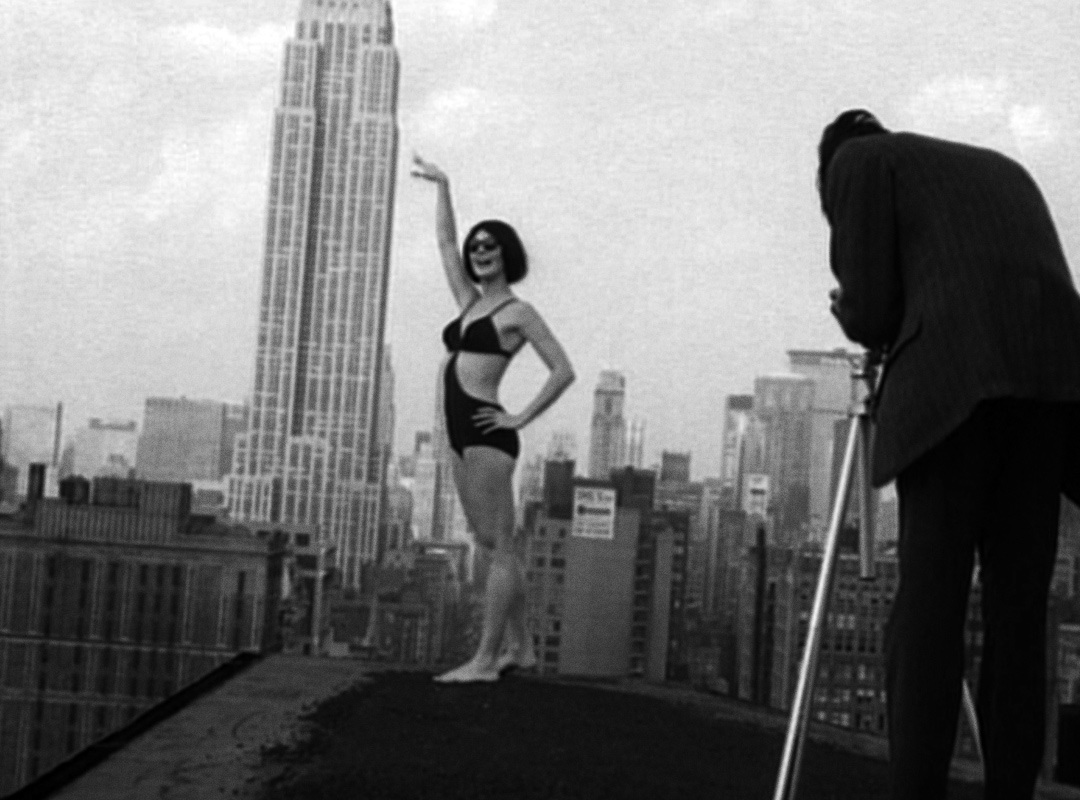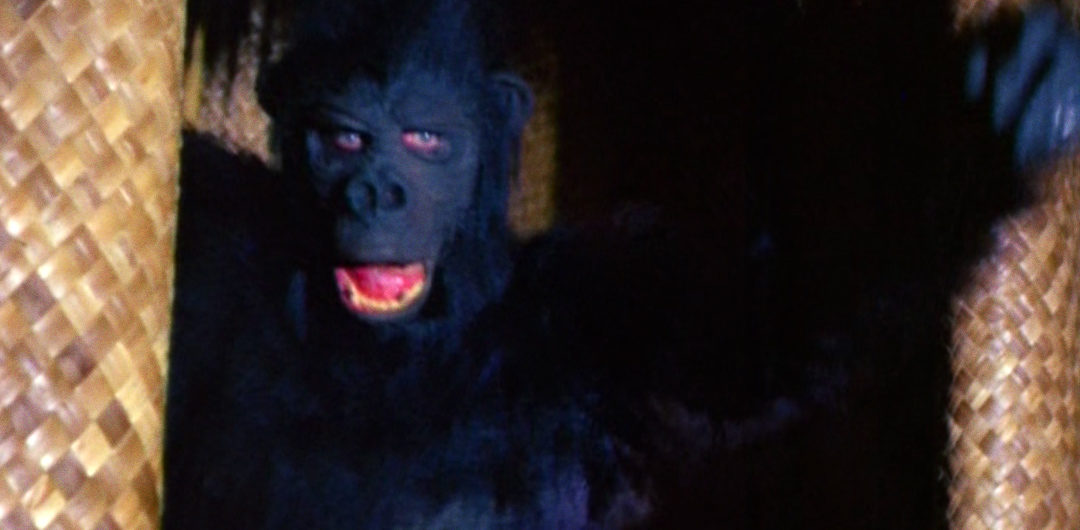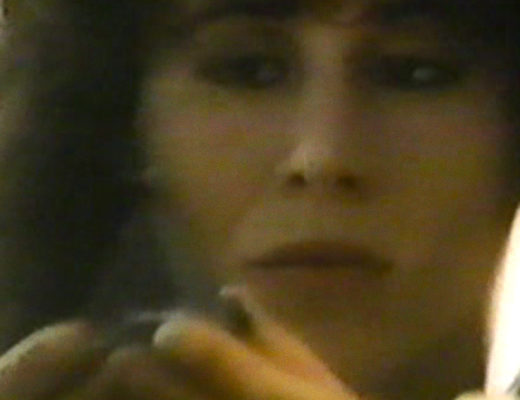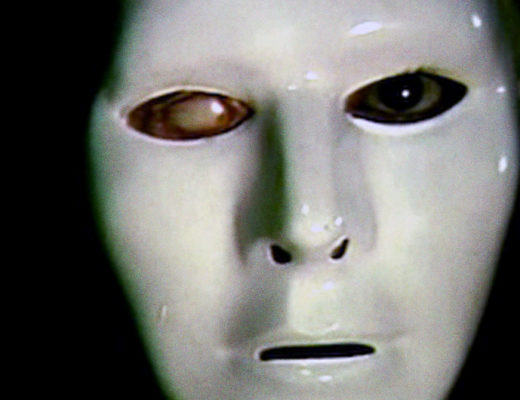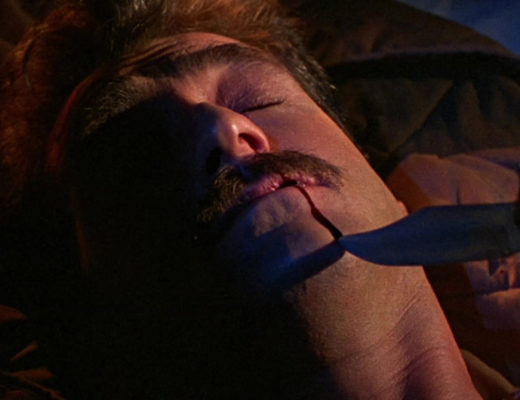In his book Crackpot, John Waters encapsulates 1960s nudist camp films: “Happy, healthy idiots on pogo sticks with air-brushed crotches.” That about sums it up. So what happens when monsters are added to the mix? Travelogue trash-verite supreme, that’s what.
In the mid-60s, guys like Barry Mahon, Dale Berry, and producer Harry Novak quirked up the nudie-cutie palette that was standardized by Russ Meyer and Dave Friedman a few years earlier. To be exact, they took the boobs ‘n’ butts routine and added a horror element, which was consequently exploding in the pop culture landscape at the time. In place of seething cheesecake in horror films like Playgirls and the Vampire and Horrors Of Spider Island, now stood hundreds of bare breasts and carefully shrouded nether regions. The base interests of pubescent boys (naked girls, cheap monsters) were now combined into bizarro drive-in entertainment . . . for “Adults Only!” Naturally, the results were hilarious, innocent, totally un-sexy, and always dirt cheap. What better way to test the pool water than with two early examples? The Beast That Killed Women, a Florida sight-seeing trip courtesy Barry Mahon, and The Monster Of Camp Sunshine, a one-shot mind rot of pure NYC weirdness, are hitting the shuffleboard court as we speak.
During the 60 minute runtime of The Beast That Killed Women, everything you witness will happen in real time. So while you’re in Miami Beach, Florida, watch the back of an ambulance pull up. Help extinguish that camp fire. Marvel at the lovely, vibrant scenery. Just remember to “stay outta the clubhouse!” Because that’s where the Beast lurks! An innocent nudist colony is suddenly plagued by that murderous “sex maniac” (aka a guy in a gorilla suit). Fifteen minutes of plot reign in 45 minutes of nudist line dancing, nudist volleyball, nudist swimming, nudist bunk-bedding, and yes, nudist shuffleboard. We’re hanging out around Miami Beach, but the subhuman acting suggests Sweden, Chicago, Brooklyn, and Germany. Ten minutes before the end, our gorilla is shot dead, leaving ten more minutes of unexplained nonsense to roll things out.
Barry Mahon has yet to let me down. Little more than a quaint travelogue of Miami Beach circa 1964 (just like Mahon’s New Orleans-based Blood Of The Zombie), Beast is mindlessly relaxing. Mahon adopts his usual point and shoot expertise, this time letting the “actors” flub lines and stare into the camera, as a parade of jiggly flesh leads the march. When the jungle noises serenade and the beast kills two women, you can’t help but be entranced; everyone’s having fun and nobody seems to know what to do with themselves. And why should they care? Do they have jobs? Is the rent due? Not in this netherworld. You’ll howl at the neanderthal line readings, raise an eyebrow at the asexual tone, and probably fall asleep at some point.
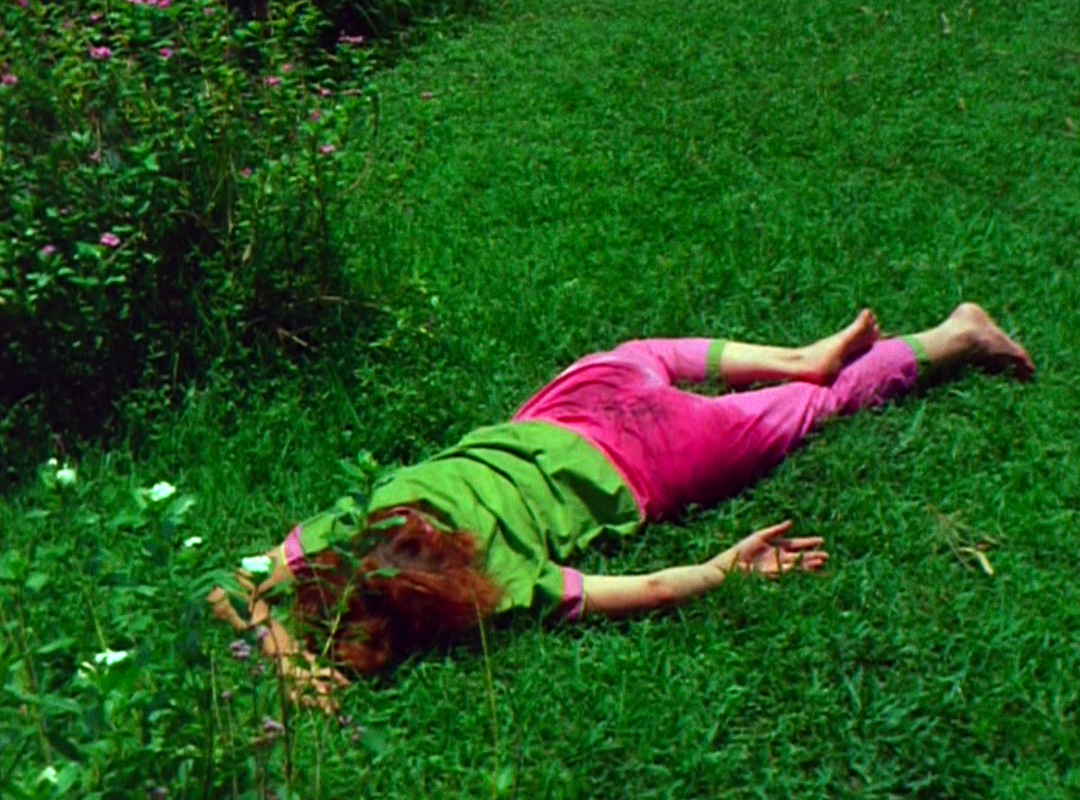
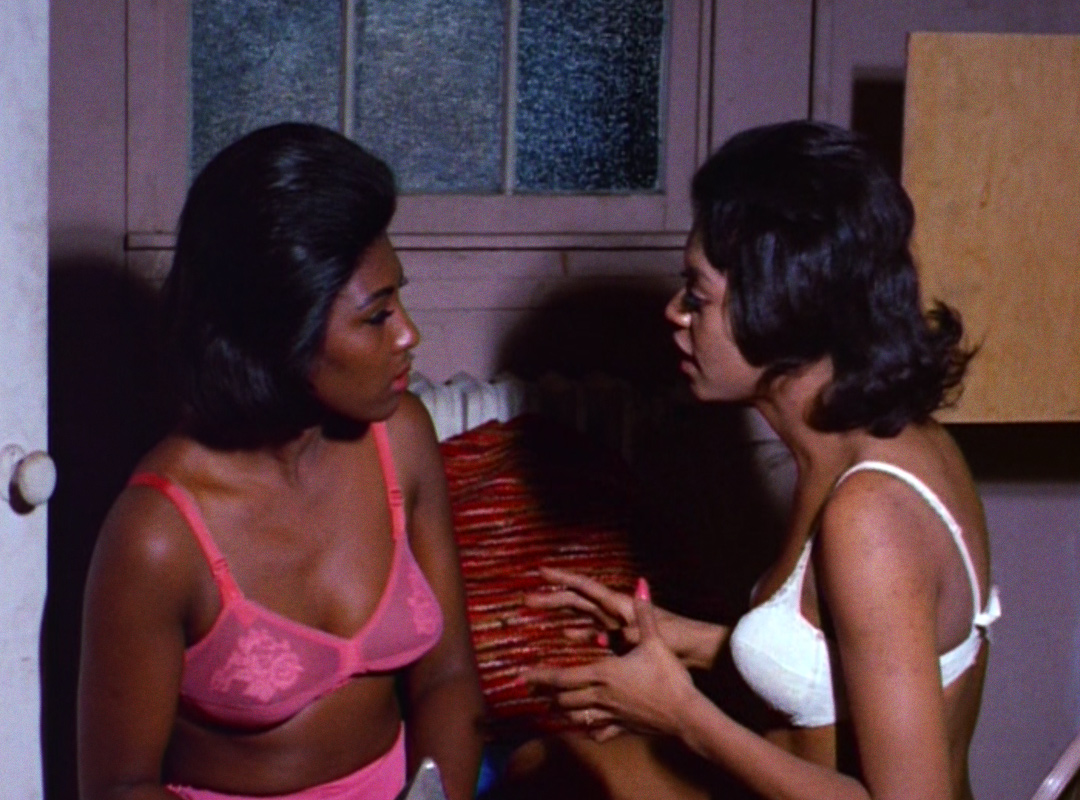
Now that we’re nice and relaxed, it’s time for an undeniable art statement!
Understand: this is not a movie in the traditional sense. It’s The Monster From Camp Sunshine and you are hereby forced to soak it all in. Follow the lives of two women, a nurse and a fashion model, as they live their lives in New York. The girls giggle about fake movies like Dracula Meets The Beatles (sign me up!!), smoke lots of cigs, and bond over nudist mags. When the weekend hits, it’s off to Camp Sunshine. The following week, a chemical spill induces a nightmarish lab rat attack, forcing a chemist to plunge the potion into the drink. Inevitably, the juice lands straight in the river stream that runs through Camp Sunshine. Whoa! Hugo, the mentally challenged camp gardener, takes a sip and explodes into an axe-wielding maniac! Nudists are attacked, a guy fishes for a long time, Hugo gets a pie in the face, and the climax of the film explodes at the seams with the most incredible use of military stock footage imaginable.
Holding more in common with 1960s cinema-verite like David Holzman’s Diary than the banal confines of the nudie-cutie genre, The Monster Of Camp Sunshine is a true bizarro classic. Most of the film plays out as a living diary, following the two female leads through work days, relaxing at home, and indulging in the nudist lifestyle. However, unlike Barry Mahon’s sleepy-time photography, the technique used in this film by one-time director “Ferenc Leroget” is bathed in handheld, artsy sloppiness. The dialogue is post-dubbed and seemingly improvised, perfectly complimenting the “brainstorm” visuals. Adding more to the surreal mish-mash is a limited animation opening credits sequence, strategically placed intertitles, deadpan narration, and over the top bits of social commentary regarding war and peace. Sure, there’s quite a bit of downtime amongst the nudist padding, but when Hugo foams at the mouth before meeting his atomic defeat, you won’t even care.
Ridiculous or not, the unique slant of Camp Sunshine is an accomplishment in itself. This film screams 1964 and could never be birthed during any other time period. Then again, the same goes for Mahon’s gorilla boob-fest; it’s like true trash-art in reverse, times two. Does that make sense?
